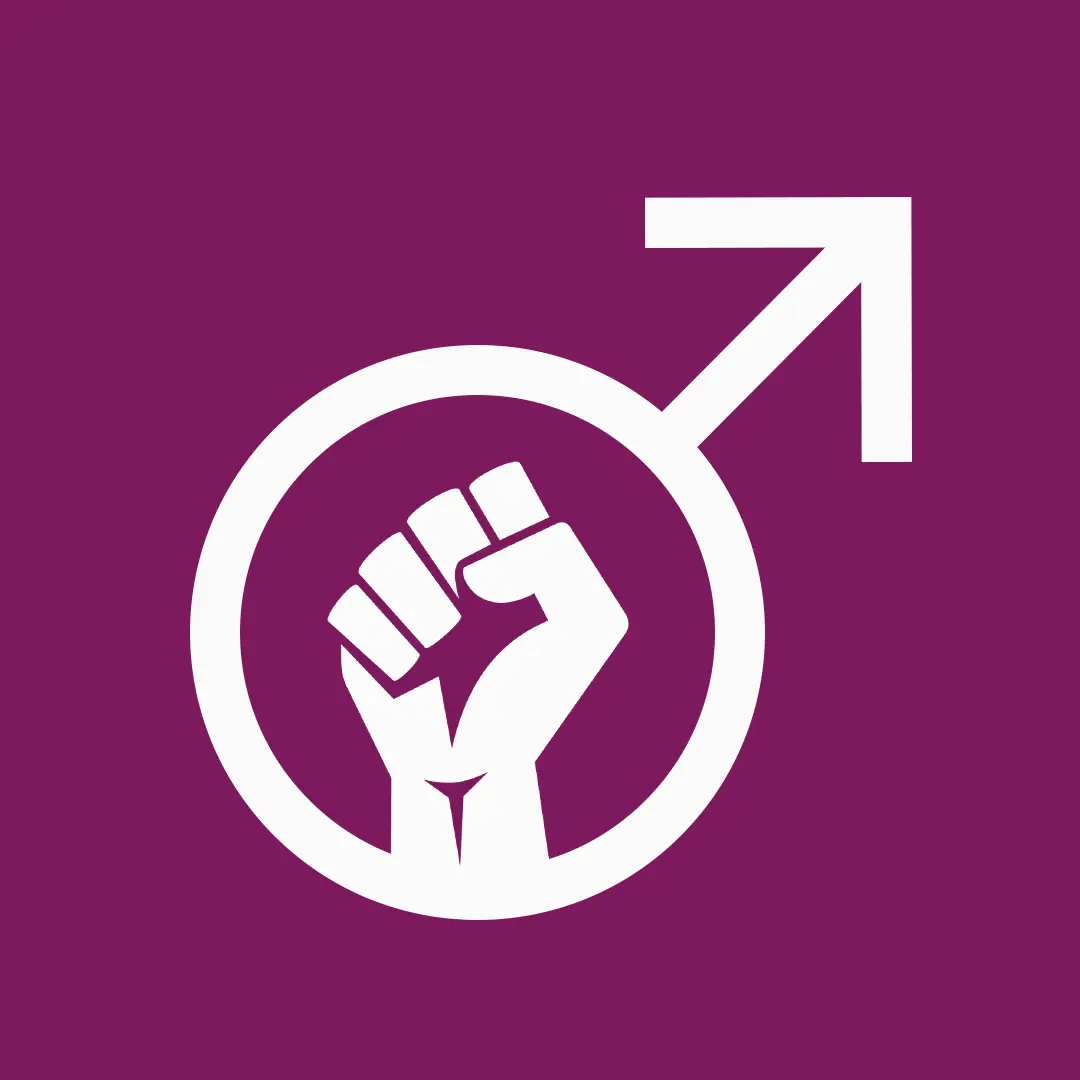So, I’m just assuming we’ve all seen the discussions about the bear.
Personally I feel that this is an opportunity for everyone to stop and think a little about it.
The knee-jerk reaction from many men seems to be something along the lines of “You would choose a dangerous animal over me? That makes me feel bad about myself.” which results in endless comments of the “Akchully… according to Bayes theorem you are much more likely to…” kind.
It should be clear by now that it doesn’t lead to good places.
Maybe, and I’m open to being wrong, but maybe the real message is women saying: “We are scared of unknown men.”
Then, if that is the message intended, what do we do next? Maybe the best thing is just to listen. To ask questions. What have you experienced to make you feel that way?
I firmly believe that the empathy we give lays a foundation for other people being willing to have empathy for the things we try to communicate.
It doesn’t mean we should feel bad about ourselves, but just to recognize that someone is trying to say something, and it’s not a technical discussion about bears.
What do you think?


Alright, so I’m on team “alone in the woods with a bear”, but since you want to talk statistics, let’s talk statistics and the heteronormativity embedded in your statistics.
The figure I’m familiar with is that 1/4 of women have been sexually assaulted. Maybe you have a figure that says 1/3, that’s fine. But crucially, these figures do not say who did it. What you’ve made is an assumption that women only get sexually assaulted by men. Personally, I think that the vast, vast majority of sexual assaults on women are done by men. But not all. I don’t believe you can transfer those two statistics - women sexually assaulted and women sexually assaulted by a man - 1:1.
Let me explain where I’m coming from. Half of transgender and nonbinary people have been sexually assaulted. That’s double the number of women! This factor, double, is consistent across sources I’ve seen that investigate both figures with the same methodology. You might have a source that says 1/3 of women are sexually assaulted, that’s fine, but the ones that investigate rates for both women and trans people say it’s twice as many trans people.
I could go ahead and assume, if I wanted, that half of all trans people have been sexually assaulted by a cis person. That’s the same assumption you made that 1/3 or 1/4 of women have been sexually assaulted by a man. But it’s a bad assumption. I know lots of trans people who’ve been sexually assaulted, and most of the time it was by a fellow trans person. You see, trans people have our own community that’s isolated from the cisgender dating scene as a matter of safety, and that means isolated, lonely people let their guard down around fellow transes and the victims can’t get away from their abusers, nor are trans friends of trans abusers willing to give up a social network in which the abuser is embedded. It’s messy and disgusting and it wouldn’t be a problem if cis people just accepted us, but it’s where we are. I would be wrong to assume all rapists of trans people are cis people.
And I read way too deep into your comment and got a vibe that you were making the assumption that all sexual abusers of women are men. You probably don’t actually think that and didn’t mean to make any kind of implication along those lines. So I’m just leaving this comment as a general reminder not to use heteronormativity to inform our statistical analyses.